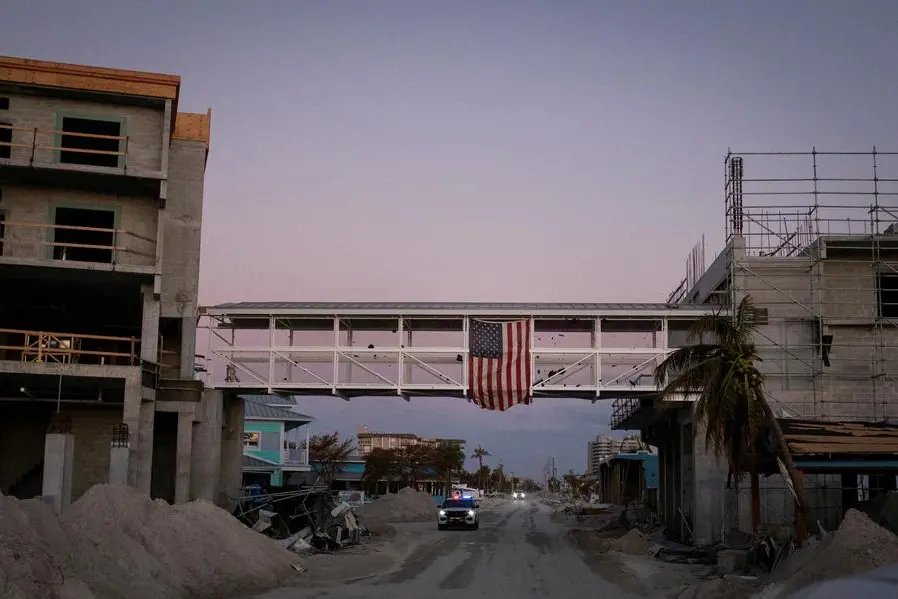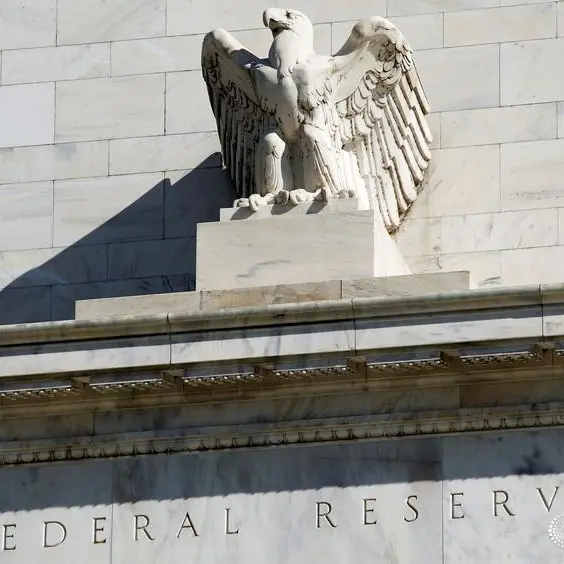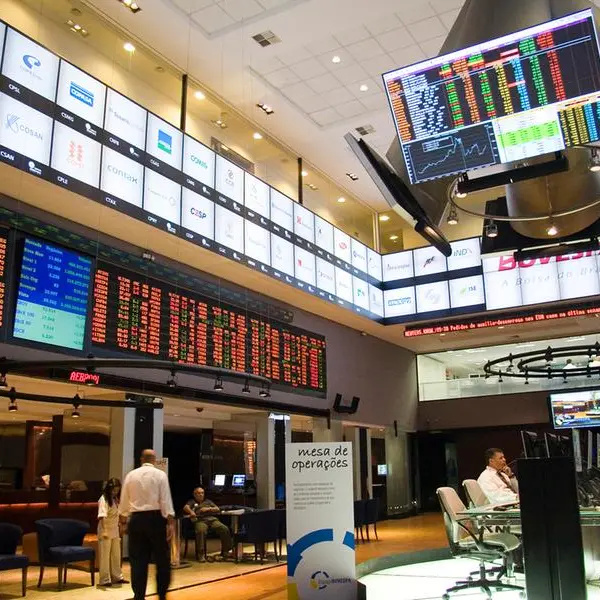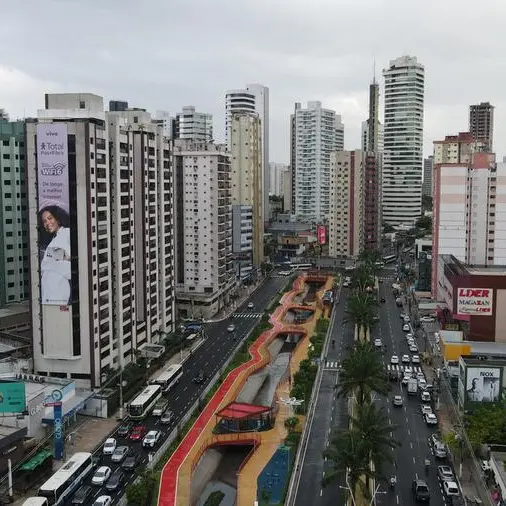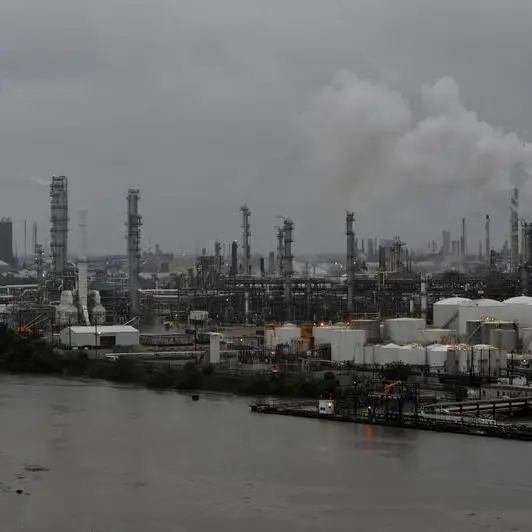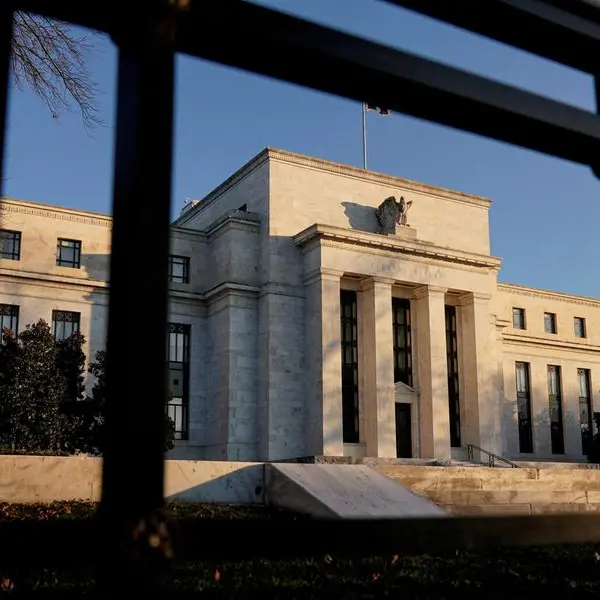PHOTO
FORT MYERS, Fla. - Betty and Hubert Toney have lost count of all the hurricanes they've lived through since moving into their house in the modest Dunbar neighborhood of Fort Myers, Florida, in 1958.
But they had never before experienced anything like Ian. The powerful Category 4 hurricane sheared the roof off the Toneys' green flat-top home, leaving the interior exposed to the torrential rain.
"I guess it really took a beating," said Betty Toney, 81, of the house where she and Hubert raised their two children, as well as a dozen nieces and nephews.
She shuddered to think of the cost of repairs. The Toneys, like many of their neighbors in the low-income, mainly African-American neighborhood, do not have insurance to cover hurricane damage. It's either too expensive or, in the Toneys' case, insurance companies refused to cover their house.
Their experience is common. Studies have repeatedly shown that low-income residents are less likely to carry insurance, even as their properties are often more susceptible to damage. Low-income residents are also typically more vulnerable to a disaster's economic shock and less able to move to a safer area.
In the aftermath of Ian's destructive assault on Florida, which caused at least 103 deaths statewide, much of the attention has focused on affluent enclaves along Florida's west coast, such as Sanibel Island.
A destination for vacationers and retirees dotted with large beachfront homes, Sanibel suffered overwhelming damage in the storm, and residents there and in other coastal communities face a daunting task in rebuilding and recovering.
The damage was less severe in lower-income neighborhoods further inland, yet flooding and high winds still dealt a heavy blow in places like Dunbar - one that many residents can ill afford.
In the zip code that includes Dunbar, the median income is $38,000, and nearly a quarter of the population lives below the poverty line. The median income in Sanibel, which is 98% white, is $93,000, according to U.S. census data.
Hubert Toney, 86, still works as a part-time salesman to make ends meet, and Betty cleans houses. But they say they'll manage somehow to rebuild a house that's full of memories for them. "It means everything, really," Hubert Toney said.
The first order of business was to cover the roof. Toney spent part of Monday trying to reach the Federal Emergency Management Agency to install a tarp.
Nearby in Dunbar, Howard Dillard, 48, watched the wind rip off his roof and usher in the rain.
"It was very scary - heartbreaking," he said.
The kitchen of the house that he rents now has two heaps of soggy drywall - what's left from the ceiling that collapsed during the storm.
His landlord has insurance to repair the house, but Dillard is still sleeping in it, rain or not. Dillard, who works in a cement plant, figures he'll have to come up with $2,000 to replace his wrecked furniture and belongings.
Despite the struggles, the community is slowly recovering, said Pastor Raymond Davis of the neighborhood's New Life Hope Assembly Church, noting that crews have swiftly removed fallen palm trees that blocked roads and restored power for some.
"It's going to take some time and assistance," he said. "These are working-class people. It'll be difficult."
While Davis said he believes emergency response agencies took action quickly, his godmother, Mary Isaac, 83, thinks they have been slow - a familiar feeling for some in Dunbar.
The hurricane uprooted her Japanese plum tree, tossed her metal shed across the street and crushed her sunroom. She says officials have not shown up to distribute food and water, as they have in other districts.
"I call us 'the forgotten enclave'," Isaac said. "I know everybody needs help, but it seems we are the last people to get anything."
(Reporting by Rod Nickel in Fort Myers, Florida; Additional reporting by Joseph Ax in New York; Editing by Sandra Maler)
